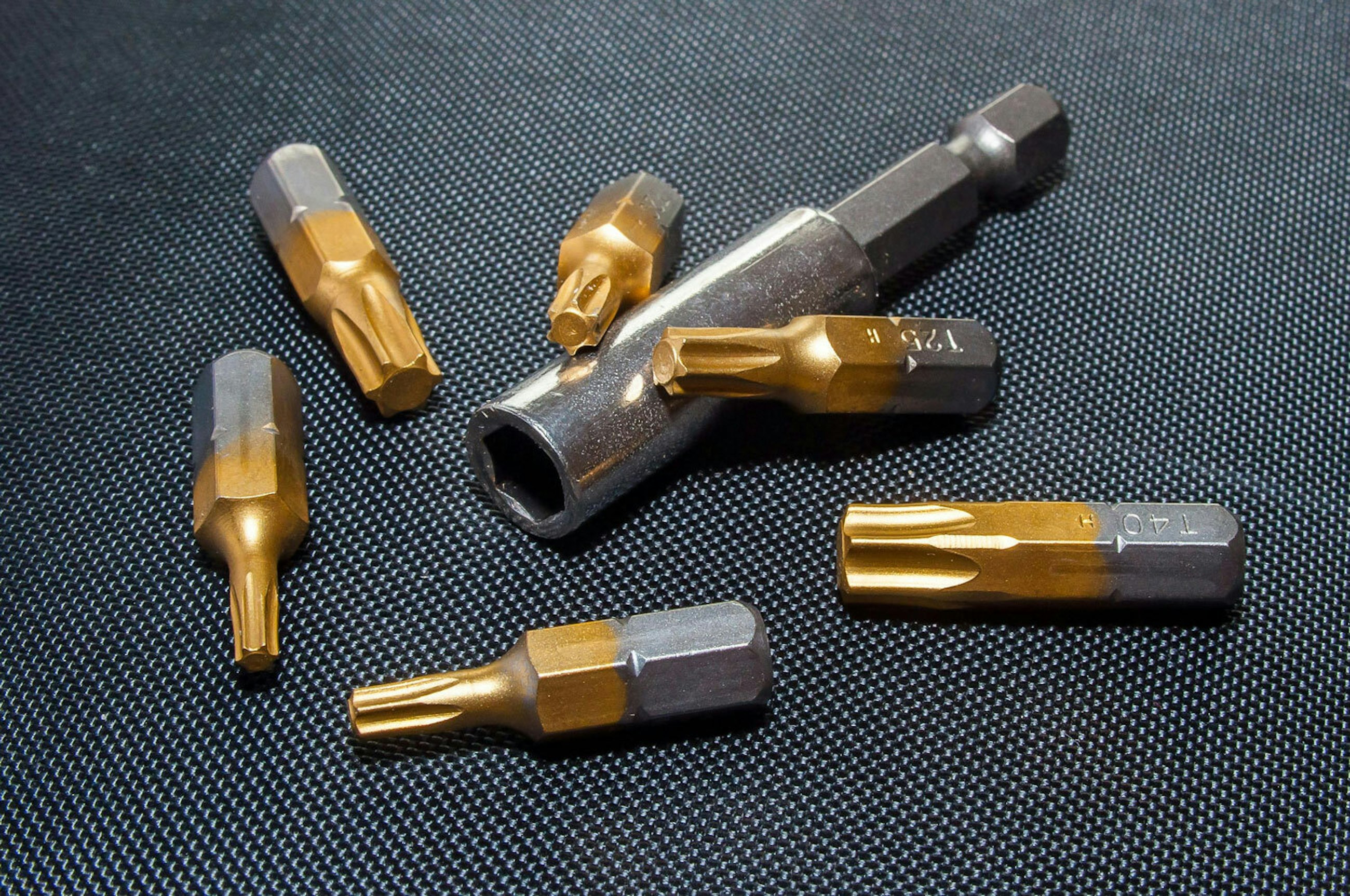Regardless of which closed-loop solution is the best fit, all options lead to even greater dynamics in transport and storage that need to be planned and controlled. Hub-and-spoke systems, centralised value recovery setups, synchronised pick-up and delivery services and commercial and service agreements – just to name a few impact drivers.
All put together, businesses will soon realise that the supply chain and logistics capabilities can act as a “margin enabler” instead of being perceived as a “margin killer”. Collaboration is the basic requirement to manage future needs. For a circular strategy to succeed, all parties involved in the ecosystem, including suppliers and manufacturers, must commit to this process and act as a joint entity. For example, while every company can take the path to digitisation on its own, circular ambitions and concrete actions need to be carefully balanced on multiple shoulders.
The transformation required by the circular economy requires a rethinking of current material flows and the creation of transparency in the existing infrastructure. A joint commitment to retaining and adding value is the order of the day. From this, new and holistic supply chain and logistics processes must be designed and established to always take the customer into account. Companies that understand and address the role of closed-loop supply chains and the complexities of reverse logistics, in particular, will unleash the power and promise of the circular economy for the benefit of all.
How to get started
Achieving a circular economy requires a fundamental change of mindset within the business, all the way from the strategic decisions made for the company and its value chain, through the tactical ways of managing and setting goals for the company, to the day-to-day operations of designing, developing and applying circularity principles.
At Implement, we help you understand your company’s current circular readiness, which is key to planning a successful transition to increased circularity. We also assist your systematic transition to a circular economy.
The change we need to make is fundamental, and it requires sharing knowledge with and gaining inputs from as many different people within your company and your value chain. Our proven approach is designed to incorporate as many colleagues from your company as possible. In fact, we provide a measure of how inclusive you are in relation to the different functions in your company. We also help you engage with your value chain, turning good ideas and intentions into tangible actions – together, we create “change with impact”.












